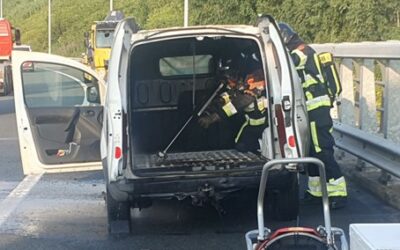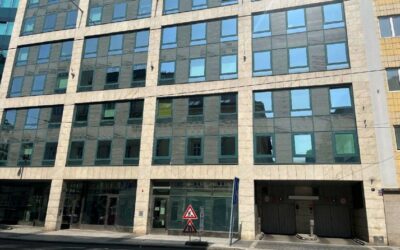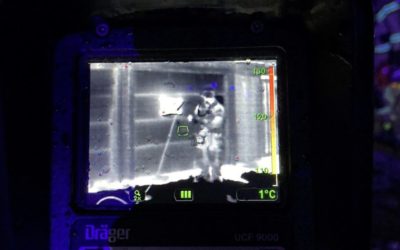On June 5, 2024, Tempe Fire Medical Rescue Department was called to a Tesla fire. The initial dispatch was at 16:02 and requested responders to check a vehicle incident. With the weather conditions noted at 42°C (108°F) and light breeze of 8 mph, it was a hot day.
The first unit arrived at the scene by 16:13 and discovered an electric vehicle fire originating from the battery compartment, which was in a state of thermal runaway due to damaged lithium-ion batteries.
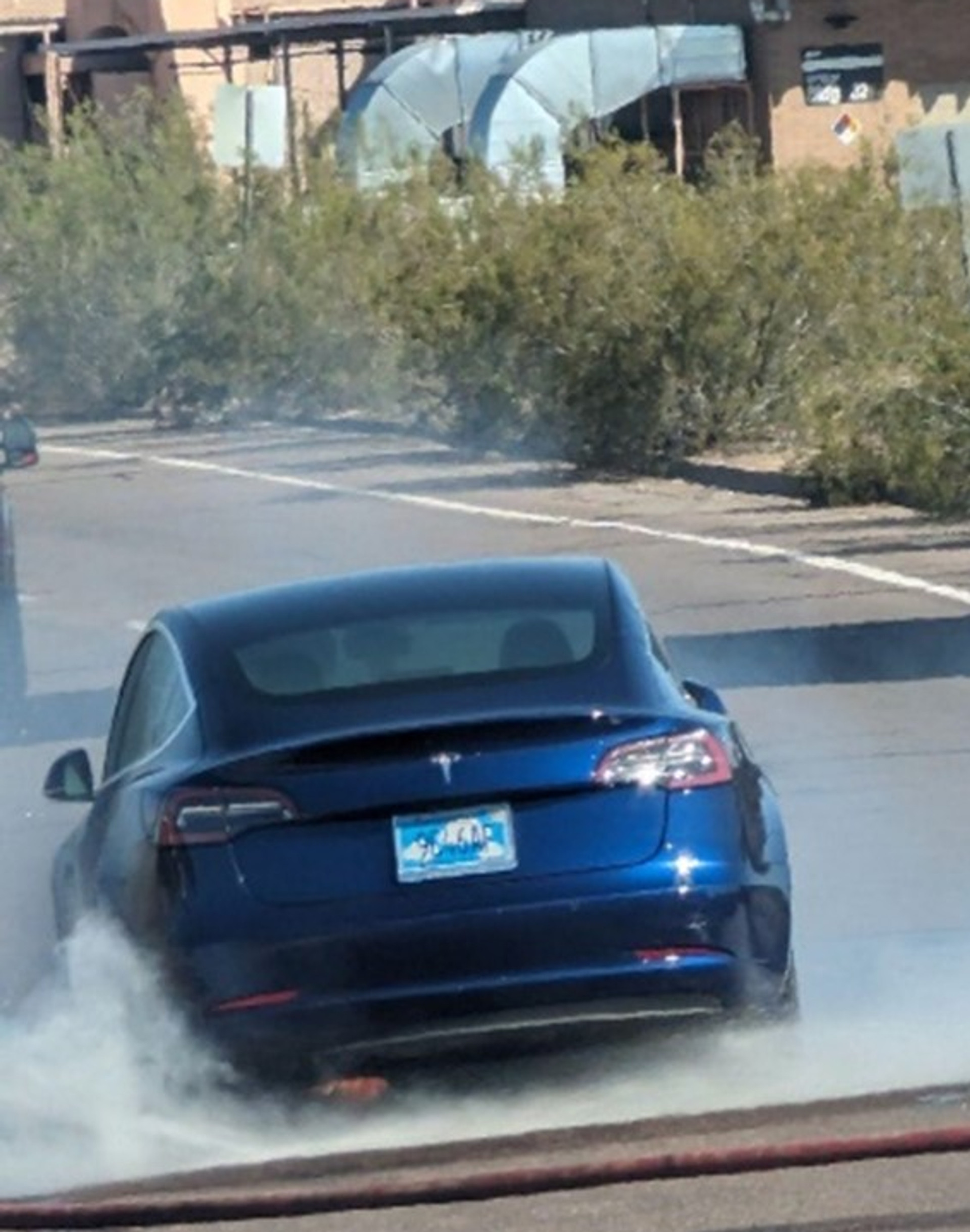
Upon arrival, a water supply was immediately established, and a mobile offensive fire attack strategy was initiated, laying a supply line and deploying one hose. The incident was soon upgraded to a working electric vehicle fire, prompting a Hazardous Materials assignment.
The hazmat battalion arrived at 16:22 and positive pressure ventilation (PPV) was set up. Entry was forced into the vehicle to improve accessibility for firefighting efforts. Cobra was strategically deployed to assist with the fire attack to the traction battery.
The fire was successfully extinguished by approximately 17:10. To ensure safety and complete extinguishment, a thermal imaging camera (TIC) was used to monitor the vehicle’s temperature during the cooling period.
At 18:11 a Hazardous Cleanup Company and Towing Company arrived to manage the transportation and cleanup of the incident. During transport to the tow yard, the vehicle began to smoke. The vehicle was promptly unloaded, and Cobra was redeployed, and the situation was safe and successfully managed. Extended monitoring with the TIC continued until the vehicle was secured and transported to the Hazardous Materials Cleanup facility.
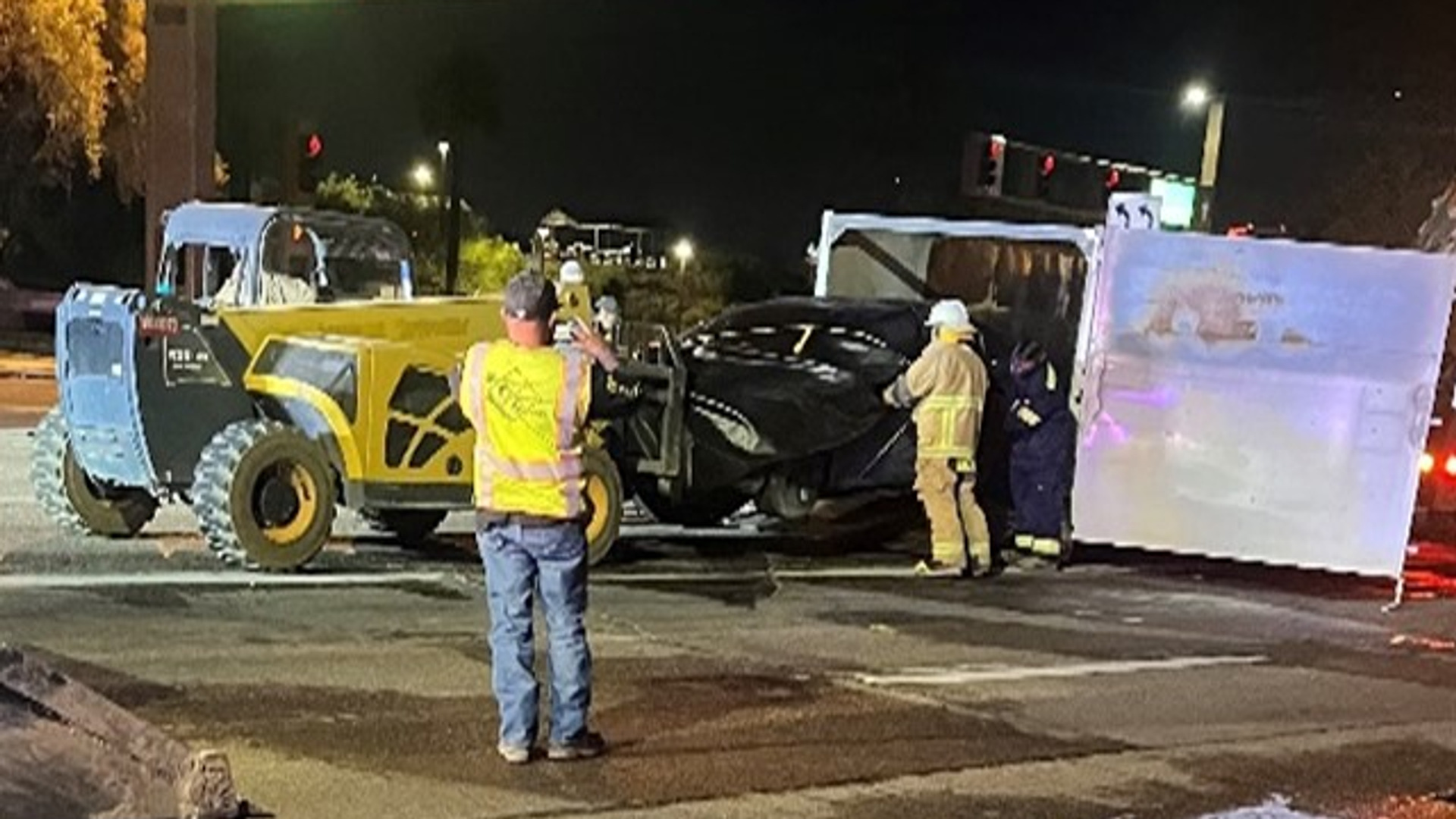
Cobra has recently been adopted by the organisation following training and implementation earlier this year.* Cobra’s ability to reach difficult areas and penetrate all known materials, including car chassis and traction batteries, proved invaluable in this situation. By flowing water directly into the battery pack, Cobra could stop the propagation efficiently, which is a challenge in electric vehicle fires globally.
This method not only effectively cooled and stopped the propagation but also minimised water damage. Compared to traditional methods that often involve extensive water usage, this approach resulted in significantly lower water damage. Cobra was actively used for about 10 minutes in total, resulting in 300 litres (80 gallons) of water. This is considerably less water than has been required in previous extinguishing operations on EV’s. In those cases, water has been applied on the outside of the battery pack to cool it. In such incidents, several thousand litres of water have been used and hours have been spent working.
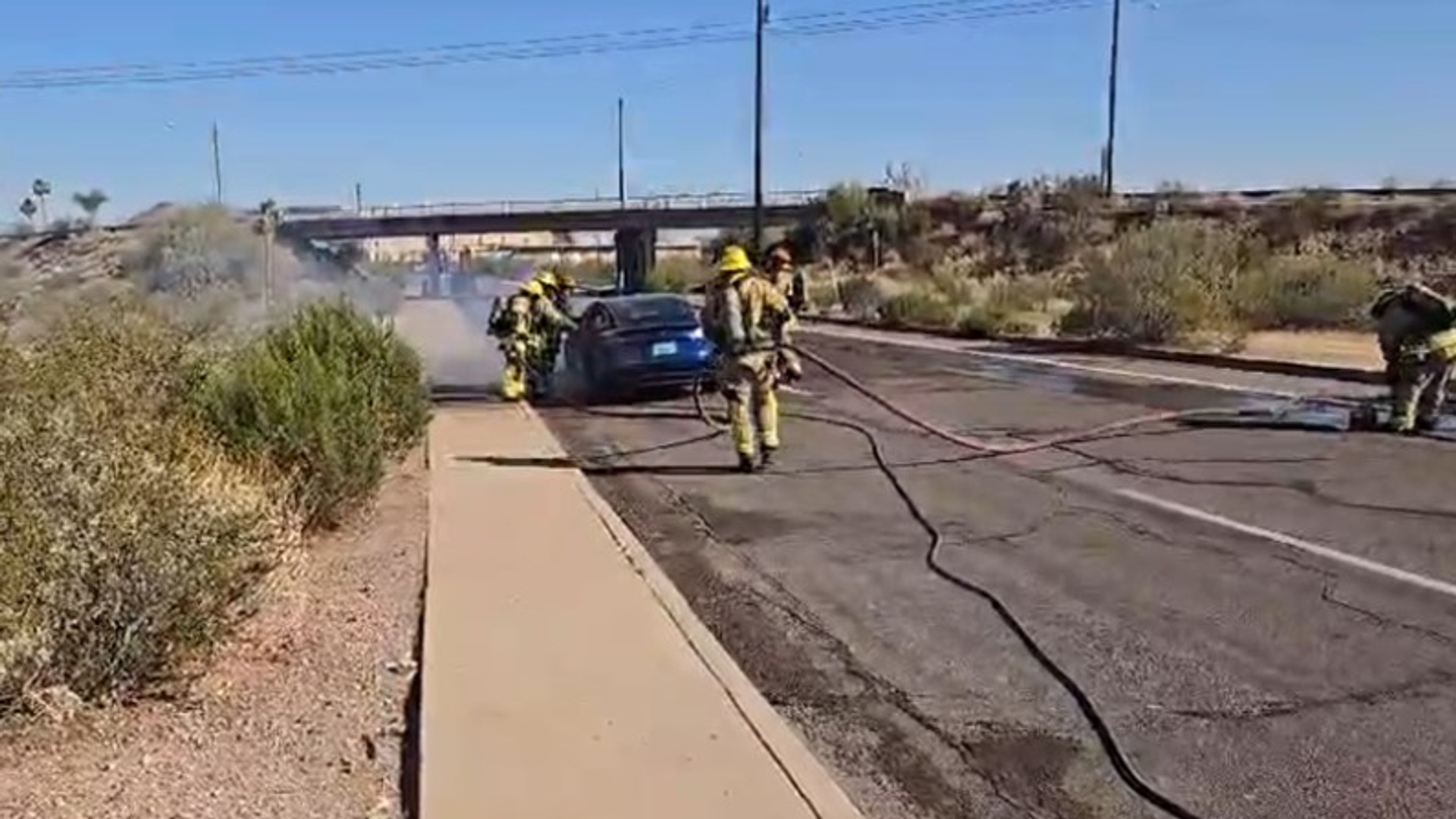
Cobra’s performance at this incident reflects its successful implementation into the organisation. The rapid containment and extinguishment enabled by Cobra provided faster clearance at the scene, reducing potential business disruption or road closures. This case demonstrates Cobra’s value in modern firefighting, especially with the increasing presence of electric vehicles.
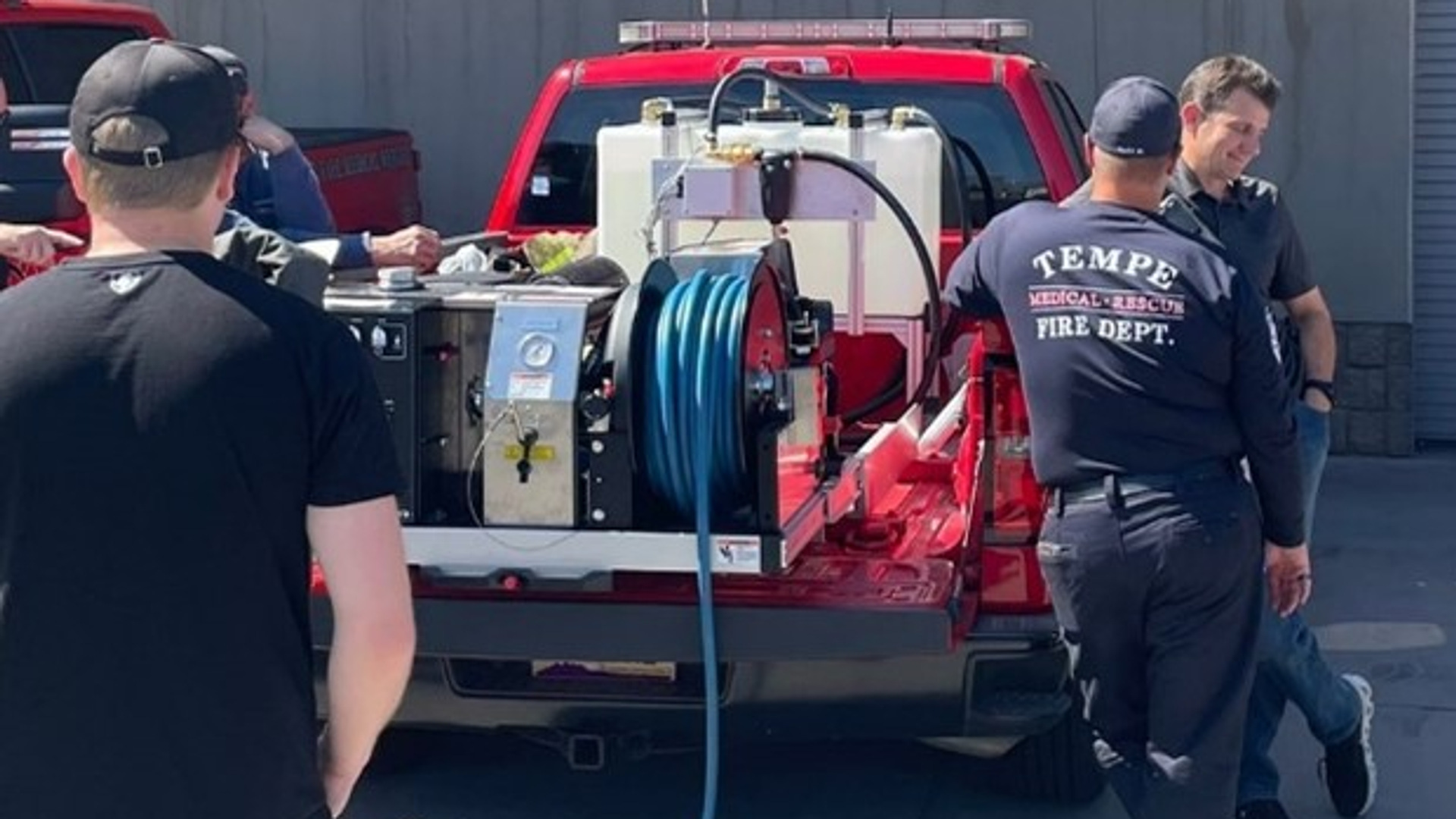
*The department is equipped with a Cobra Skid Unit (C330P).
Benefits of using Cobra at this incident
- Propagation stopped by flowing water directly into the battery pack.
- Only 300 litres (80 gallons) of water used.
- Faster clearance at the scene, reducing potential business disruption or road closures.
